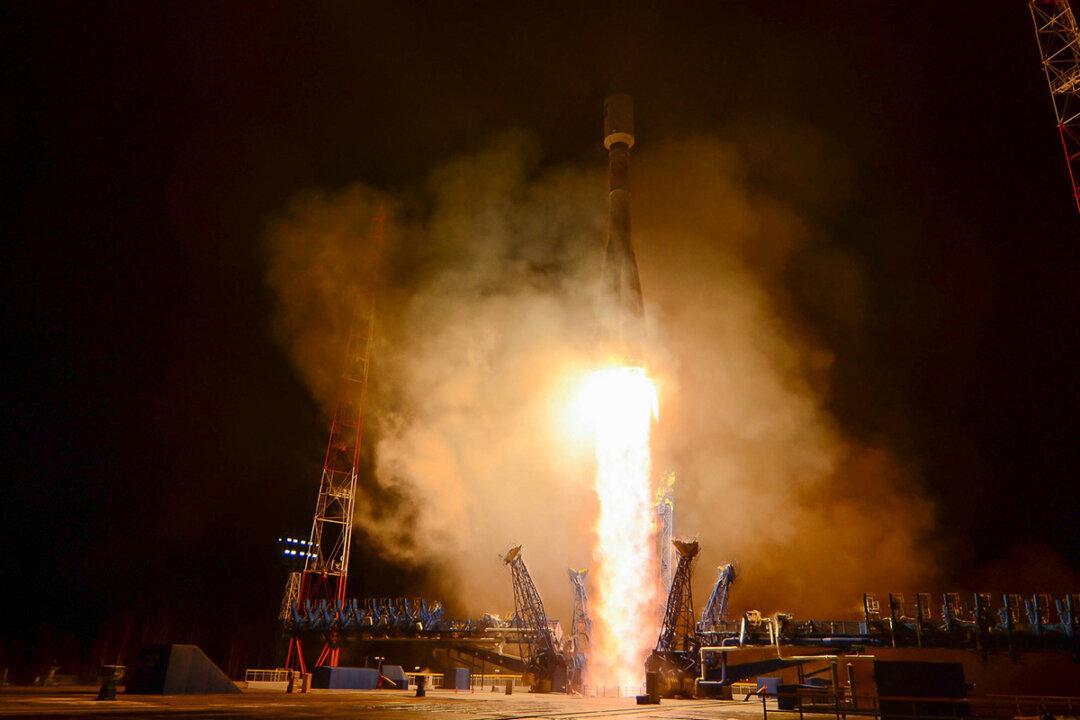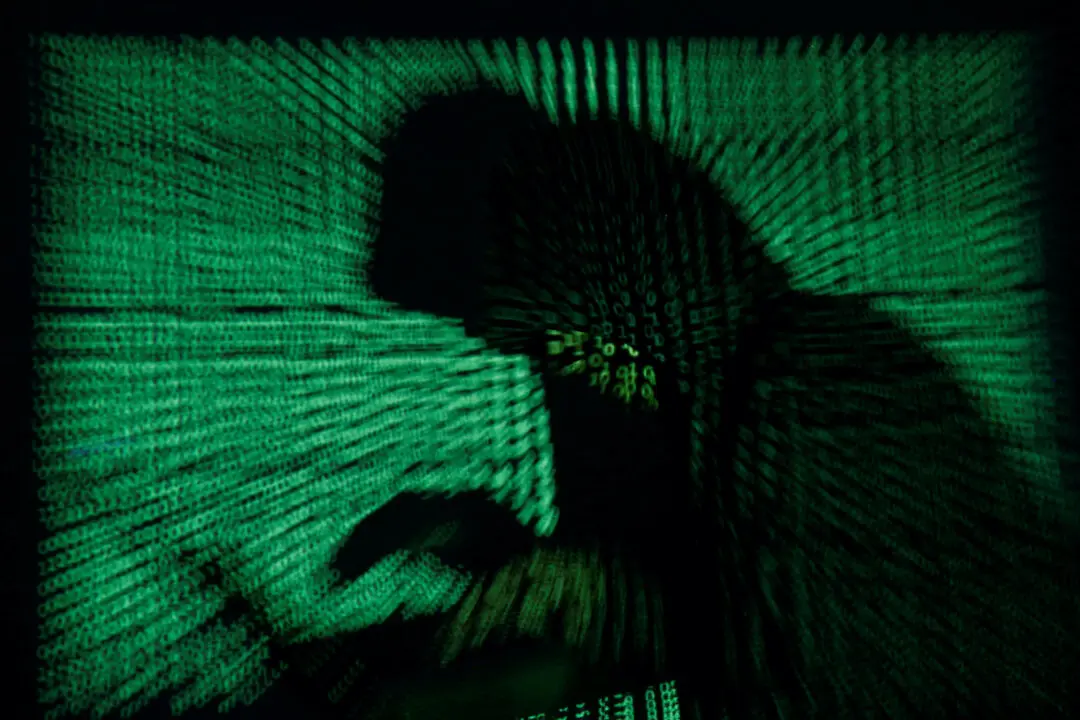MOSCOW—The abortive launch last month of a manned Soyuz mission to space was caused by a sensor damaged during the rocket’s assembly at the cosmodrome in Kazakhstan, Russian investigators said on Nov. 1.
A Russian cosmonaut and U.S. astronaut were forced to scrap their mission on Oct. 11, after a rocket bound for the International Space Station (ISS) failed, sending them plunging back to Earth in an emergency landing.





